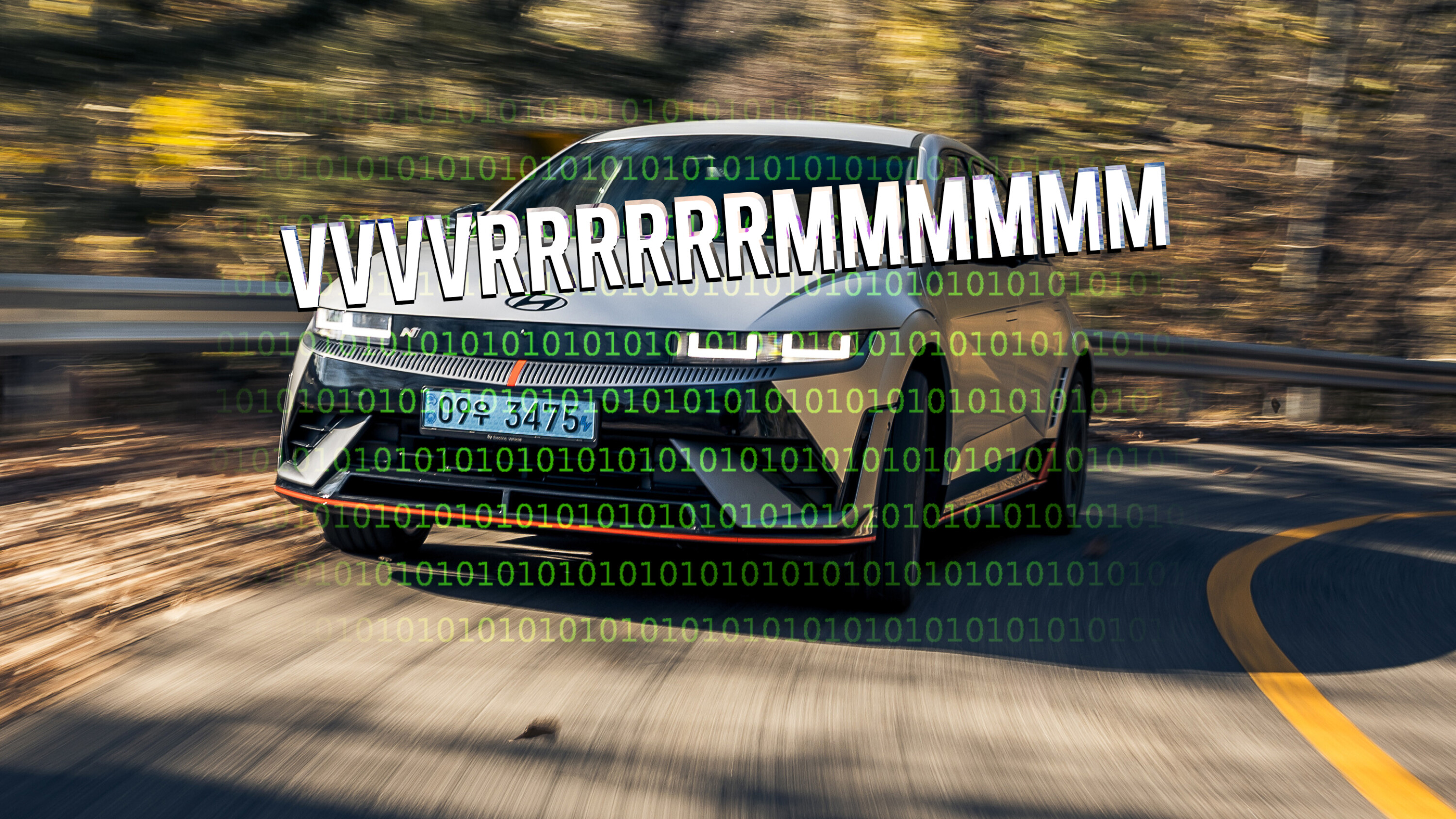The 2012 Renault Clio RS might not have been too popular with those beguiled by the generations of free-revving, manual masterpieces that came before it, but it was ahead of its time in one curious way.
To discover why, required a dig through the centre infotainment screen.
Here you’d find a menu called “R-Sound Effect” where you could select between seven artificial engine noises boomed through the interior speakers, perfectly in-tune with the revs.
While giving your Clio RS the aural aura of a mid-engined 2003 Clio V6, or a Clio Cup racer was intriguing, selecting the 1969 Renault 8 Gordini was somewhat more quirky; same with the original Alpine A110.
That Renault included a synthetic soundtrack from an R35 Nissan GT-R, a 1971 MotoGP bike and a “2038 Renault Reinastella” – something from the Jetsons, basically – either proved the French do have a sense of humour, or the plumbing is all lead at Renault HQ.
While it wasn’t very good – a feature that you tried once, then never again – it previewed a possible salvation for drivers nervous about the en-masse switch to otherwise-silent electric performance cars. I’m talking, of course, about plain, old faking it.
The next frontier in automotive sound, if you ask me, is how good an electric car convinces you that, under the bonnet, is the best-sounding four, six, V8, V10 or V12 you’ve ever heard.
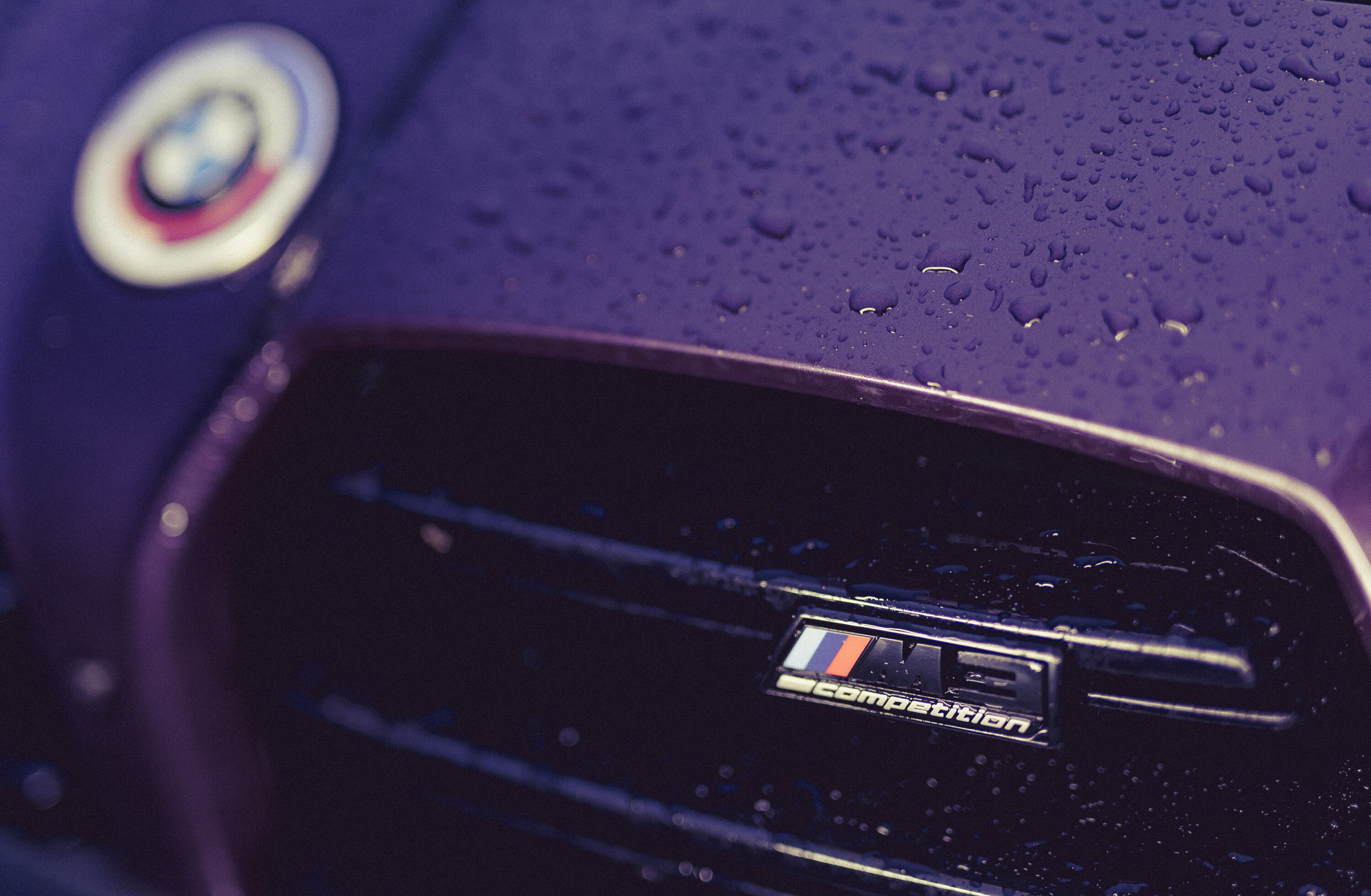
Imagine getting into your all-electric BMW M3 and pressing a button that gives it a pure V8 noise you can’t get enough of; or the fire-breathing hiss of a twin-turbo straight-six.
Using high-quality external speakers under boot and bonnet, different starter motor sounds could be simulated, different idle rumbles and, once moving, different engine sounds altogether – including a turbo under load, anti-lag, or even blow-off-valves, for those of us still yet to reach puberty.
Different power and torque curves could be delivered using software with the electric motors. There could be tachometers with varying redlines, steering-wheel paddles with gear ratios, and a gadget that adds vibration to the chassis – exactly like an engine.
? Jez writes:
“Working together to mimic the feel and sound of the 2.0-litre turbo petrol engine and eight-speed dual-clutch auto found in the i30 N, they’re far less gimmicky and far more entertaining than we were expecting.
“The rorty engine note provided by ‘Ignition’ mode isn’t that surprising in this era of speaker-enhanced combustion motors; the clever part is how the car’s e-Shift software introduces slight jolts to what, for an EV, would normally be totally seamless acceleration as you flick the paddle levers for ‘upshifts’.”
Virtureal…
As Jez notes in his Ioniq 5 N review above, if it was convincing enough it could be unreal, a sort of giving-back from the gaming world to the real one.
Let’s not pretend great engine sound hasn’t been going the way of the thylacine for years now already, either. And those hydrocarbon-powered auditory delights that do remain have been further neutered by the European noise regulators, clamping down on harmless things like overrun pops and bangs.
These are the same people I can too easily imagine blowing out the candles on a kid’s birthday cake, because it’s too dangerous.
I know what you’re thinking, too. “Hyundai is doing exactly this already,” and you’re right. The electric Ioniq 5 N comes with fake gears and steering wheel paddles, fake engine noise, a fake powerband and even fake engine braking.
Earlier this year I also drove an electric MG sedan in China that had an imitation V8 engine note. You could ‘rev’ it when stationary, and it even ‘kicked down’ when overtaking. It was surprisingly convincing.
The next real challenge is exactly that: making it more believable. Car companies have had more than a decade to perfect the fake noise often added to so many performance models, and I’m yet to sample one that doesn’t have me searching for the off button.
If car companies need to redeploy entire engine departments full of clever engineers, they could do worse than focusing them on making an EV feel exactly like the best internal combustion-engined car you’ve ever driven.
We recommend
-
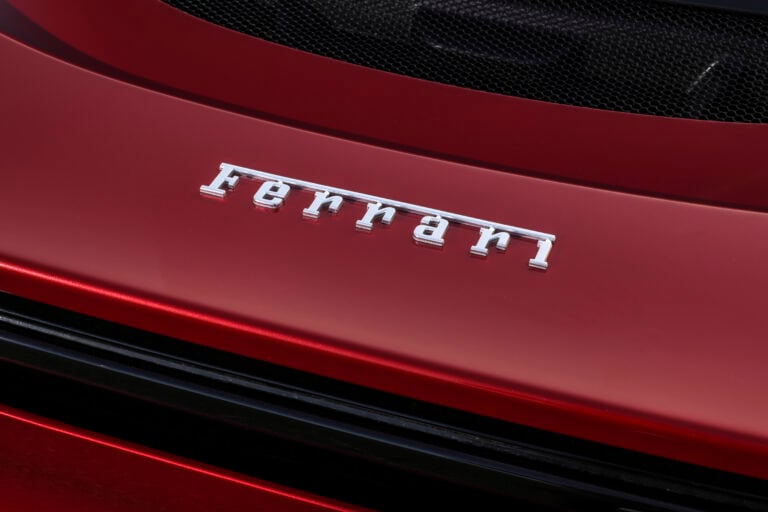 News
NewsFerrari patents EV engine noise for electric hypercar in 2025
Ferrari’s first all-electric supercar, due in 2025, is set to debut artificial EV driving noises in lieu of an engine exhaust
-
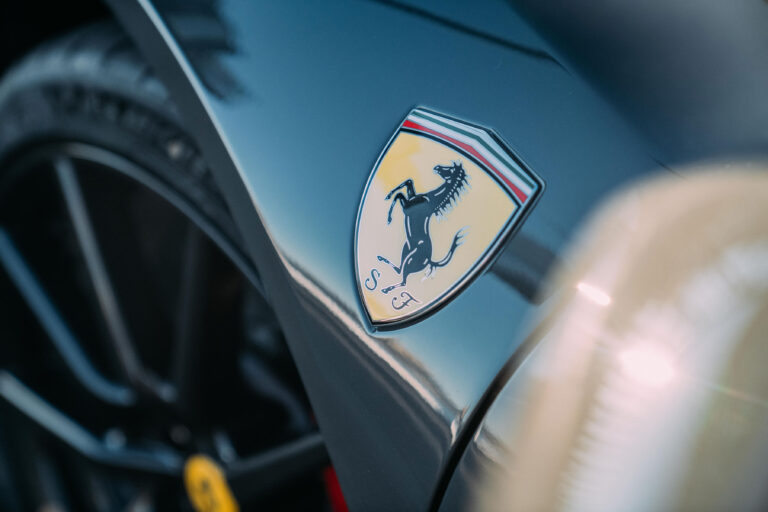 News
NewsFerrari patents electrified sports car with a unique battery stack
The batteries are placed behind the front seats, in a similar fashion to a mid-engined car
-
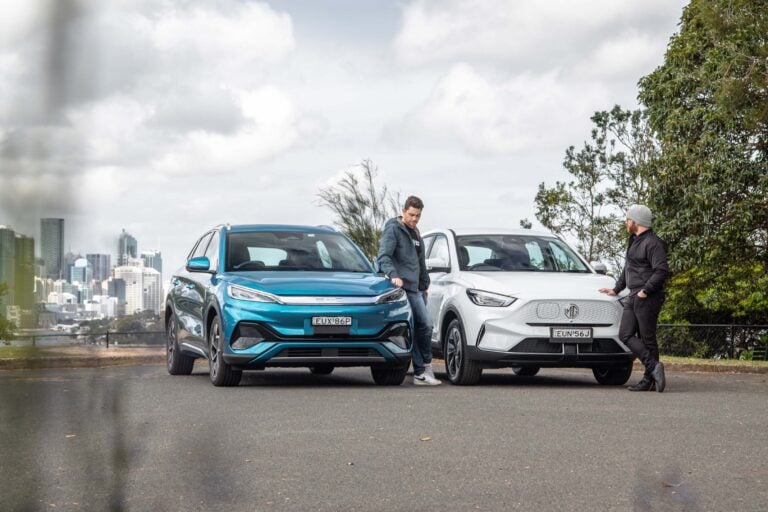 Opinion
OpinionOpinion: Do all electric cars drive the same? Kind of...
A car's engine, and its sound, used to be how brands set themselves apart. Is that still possible in the EV age? Or are we approaching a sea of sameness?

